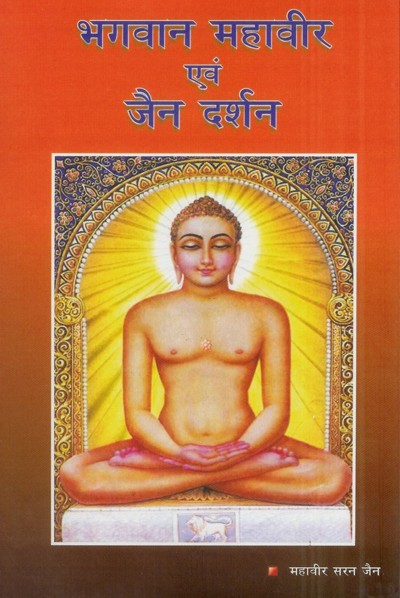The absolute freedom of Jīva from karmic bondage is the emancipation. Only complete annihilation of karma is the emancipation. Becoming completely devoid of karma is the emancipation. Being free from the cycle of birth and death the only merging of soul in soul is emancipation. The enjoyment of self within self is emancipation. The destination of the path of liberation is liberation or emancipation.
The souls are of three kinds:
- The extrovert soul
- The introvert soul
- The supreme soul.
The supreme souls are of two kinds:
- The Arhats (the worthy souls)
- The Siddhas (the liberated).
The Arhats are those who know all the objects by their Omniscience and have human bodies, the Siddhas are those who are endowed with the highest bliss and possessed of a body in the form of knowledge. Omniscience (kevalī) has infinite, all embracing and exact knowledge of all substances and their infinite modes. The Siddhas (the liberated) are emancipated souls, who are devoid of the eight types of karmas, having attained peace, are devoid of all thought of blemish, are equipped with eight auspicious qualifications, are such as have already accomplished whatever had to be accomplished and are residing at the top of the universe. The moment, the liberated or pure soul reaches this stage (the stage of the total separation of the soul from the bondage of all matter.), it goes upward straight to the top of the universe according to its natural attribute, remains there forever in a disembodied form and endowed with the eight supreme attributes. They have the capacity for infinite knowledge and perception (both faculties are co-existent and one with the individuality of the soul), and infinite power and dwells there in infinite bliss.
The Buddhist philosophy is silent on the question of the soul. But that also propounds the position of nirvāṇa. According to tenets of hīnayāna - the devoid of sacraments, devoid of bondage, stoppage of life process, stoppage of the chain of the changes, stoppage of the citta-vritties and becoming annihilation of the all commitments - is nirvāṇa. Nirvāṇa happens after karmas are finished as the lamp puts off after the fuel is finished. Except the Mīmāṁsā philosophy, all other Indian spiritualistic philosophies accept the emancipation of soul/puruṣa and the existence of the soul even after the emancipation. The difference is on the question of the nature of soul’s existence after emancipation. The Nyāya and Vaiśeṣika philosophy accept knowledge as it comes to soul from outside. That is why they deem that soul after emancipation becomes devoid of knowledge etc. Though the Saṁkhya philosophy and Patanjali Yoga accept the eternality of soul during the emancipation but do not accept the eternal bliss in the soul. Vedanta philosophy accepts the eternal bliss in the soul after emancipation but also accepts that soul gets merged into Parmātmā.
Jain philosophy accepts the independent existence of every soul. In the stage of emancipation the soul remains in endless bliss. That bliss cannot be compared and cannot be count. In this stage when soul gets emancipated resides in siddhālaya (सिद्धशिला) (Abode for liberated souls), then starts experiencing unlimited, unrestricted, unconstrained and infinite bliss. He because of his all-knowing position becomes Buddha. He swam the world ocean therefore he conquered the worldly sorrows. Since he is siddha therefore he is eternal.
In brief, from point of view of Jainism, becoming soul devoid of karma is emancipation. Revelation of own nature of the soul is emancipation. The cause form of Paramātmā when gets turned into effect form that is emancipation:
उपास्यात्मानमेवात्मा, जायते परमोऽथवा।
मथित्वाऽऽत्मानमात्मैव, जायतेऽग्निर्यथा तरुः।।
Upāsyātmānamevātmā, jāyate paramo’aṭhavā.
maṭhitvā’’atmānamātmaiva, jāyate’agniryaṭhā taruḥ...
(This jīvātmā turns to be Parmātmā through constant worship of the supreme reality quite similarly as bamboos produce fire by friction with each other and turn itself to be fire).(Ācārya Pujyapāda: Samādhi Shataka, 8)
 Dr. Mahavir Saran Jain
Dr. Mahavir Saran Jain
